Exclusive Interview: Cast Of Corner Gas: Animated Talk Season Three
Corner Gas Animated is not your regular cartoon. If you look closely, you can see that the movement and mannerisms of the characters—from their walks to their facial expressions—are rendered with a kind of clarity, precision and uniqueness you don’t usually see in animated shows. This is because Corner Gas did not start out as a cartoon, but a beloved live-action sitcom that ran for six seasons back during the late 2000s. In this exclusive interview, series creator and actor Brent Butt explains how he brought the show from film to paper, while voice actors Fred Ewanuick and Nancy Robertson reflect on moving from in front of a camera to the inside of a recording booth.
Tim: It’s not every day that a live-action sitcom gets turned into an animated series. Where did that idea come from?
Brent: When we did the movie, Corner Gas: The Movie, we looked at it like, that’s going to be the cherry on top, the way to wrap things up, but the response to the movie was so huge that Cineplex asked the network if they could have it for another week before it went to television. That then spurred the network to call up and say, listen, there’s clearly still an appetite for these people in this little town — do you want to make more episodes? We did, but we didn’t want to just go back and do more of the same. Of course, everyone likes to be employed, so we asked: well, what what could we do differently? I have a background in cartooning, illustration and graphic art, which made it kind of easy to say: what if we tried animating the show?
Tim: A lot of adult animated sitcoms that come out nowadays all tend to kind of look like each other, but Corner Gas feels pretty distinct. How’d you make that happen?
Nancy: Oh, that’s cool. I didn’t know that, because I’m not a big animation person.
Fred: You heard it here first: Nancy Robertson hates cartoons!
Brent: It’s like this all day. Um, it was just a case of sitting down with designers and going through their submissions. There were tons of really interesting, cool takes. But the one who felt like they had the best starting point was a Vancouver animator named Josh Mepham, who works with Slap Happy Cartoons. I really liked his design and met with him. He’s the person who ultimately came up with the design of the characters.
Tim: What about all those submissions that you didn’t gravitate towards. Why did they not make the cut?
Brent: It’s one of those things that’s kind of intangible. It’s a feel, right? When you see something and you feel like yeah this is pushing all the right buttons, that’s it. There were some very extreme takes, some very outlet outlandish and, artistically-speaking, very cool ideas. But we just felt like a lot of the submissions were taking it in a direction that felt too far, not as grounded in the real world as we wanted it. And Josh’s designs felt fresh yet familiar to an adult-oriented primetime network.
Tim: Speaking to the press, you’ve mentioned how the medium of animation opened up a new world of opportunities for the show, not just in terms of standalone gags but entire plot lines. However, I’m wondering, wasn’t there something embedded inside the live-action show that, you thought, would lend itself pretty well to animation already?
Brent: We had a natural, built-in device in the live-action show where we could pop out and see what the characters were thinking. You know, we’ve seen Wanda walking around inside Hank’s head whereas Hank imagined her fighting a werewolf. In live-action, you’re really limited in terms of what you can do, how much money you can spend for a four-second gag. But in animation, we were able to do things we could never did before. I’ll give you a specific example. When we were developing our demo, the network was saying to us: show us why you want to do animation instead of live action. So, in the demo, Oscar imagines Corner Gas in a post-apocalyptic, Mad Max kind of landscape, where the gas station is in the middle of a desert surrounded by barbed wire and two dozen war machine dune buggy farm equipment-hybrid machines, populated by apocalyptic warriors drive towards it. That’s the type of thing that comedically resembles the fantasy sequences we used to do, but on a scale the likes of which we could never have done in real life as it would have cost us, like, 80 million dollars. And it’s a nine-second joke.
Fred: That teaser, that’s what sold me. I was in I was in from day one; I need work. But I was a little unsure how the show was gonna work if animated at first. When we did that little teaser, I was like, oh yeah, this works.
Tim: Are there any live-action sitcoms out there that you think could work well if they were animated?
Brent: No.
Fred: Like, right now?
Tim: Or from the past.
Nancy: I think Last Man on Earth would have been cool. right now, like on live now. Like, now we’re only once.
Tim: Why?
Nancy: Well, because it’s already such a strange — not strange now, but when they brought it out, it was such an interesting concept — because it was, a virus and it had knocked everybody out, and they were the only ones there. You don’t know what the virus could have created as far as new physical entities and scenarios. And the characters have their own quirks and they can hallucinate things that were happening to them. I don’t know why, but that’s the first one that popped to mind.
Brent: That could be a fun show to animate.
Tim: Are you familiar with Scrubs? The medical sitcom? The main character in that show does a lot of daydreaming, and they also act out his thoughts and fantasies in live-action, just like you do with Corner Gas.
Brent: It’s fun to play with.
Tim: In a way, reviving the show in animation was kind of like starting over from scratch. Were there any things you regretted doing with the live-action version that you tried to fix or address in the animated one?
Brent: Not really. When we first thought about doing the animated version, we were in a really terrific position because one of the guys who wrote on Corner Gas, Norm Hiscock, also wrote on King of the Hill. Here is a guy who understood our show and our comedy and sensibilities. I asked him: what would we do differently if we were to animate Corner Gas? How would we change things up? He stopped me and said, “Don’t do anything different. This is the perfect show to animate. Just write more scripts.”
Tim: The characters in the animated series are copies of their live-action portrayals. What was it like trying to turn real people into drawings?
Brent: The way we went about it was to study a ton of footage. We compiled different video clips showing how the actors walk, how they shrug, when they make this kind of face, when they did that kind of face — just so that they have a frame of reference. Some of the animators were familiar with the show, familiar with the actors, but even then, it’s good to have a touchstone to get back to.
But it for you guys — Nancy and Fred — the way you play your characters, it’s so physical. For me, it was an easy transition because my character just basically leans around all day. He almost does nothing. How did that transition, from being physical to getting into a studio in front of a mic, go for you?
Fred: For me, you got to let go, you got to understand the fact that your performance isn’t your own anymore, that you’re relying on all these other people to help bring it to life. You got to drop your ego and put your faith in the animators, realize that they’re helping and contributing to the performance. The biggest change in my performance for animation is staying true to Hank in this system, but understanding that I have to be a bit — I don’t like using the term, but — bigger, so that it comes through and gives the animators something to work with.
Nancy: I agree that it is bigger, because they give us these bigger scenarios that wouldn’t be possible in real life. You try to amp it up a bit, and you do have to give up what would add physically to the role. That’s a little bit hard at first, because, as an actor, what you do is equal as to what you say. But the animators have really taken what we what we did, and put it through. The mannerisms that we created for our characters are still there. It’s still the same though, in that we’re like a spokes in a wheel. Our spoke is just a little bit different in this round.
Brent: One of the little tweaks that I made to how they were animating Nancy’s character, Wanda, specifically is — when somebody is talking to somebody else, the tendency is to have them look at right at each other. But so often the Wanda character, in real life, is kind of in her own world. She would she would roast Hank, or she would roast Brent, without looking at them, or she would participate in the conversation, but she would have her eyes on her crossword puzzle or something. That was one of the adjustments we made to the animation: Wanda doesn’t have to look at whoever she’s talking to.
Tim: I think it’s interesting that, even if you’ve never seen or heard of Corner Gas before, you could probably tell from looking at the animated series, that it was inspired by live-action footage. One thing that gives this away is all the little details in the movement. They’re much more precise, and specific to each character, than in most animated series.
Anyway, you talked a bit about the transition from the live-action set into the animation studio. I bet that, while you’re doing the voice recording, you’ve got some vague idea of what the scene looks like in your head. But I’m wondering, what’s it like when you finally get see what the animators did with your recording? To see a cartoon version of yourself walking around?
Fred: I thought it was cool. Personally, I’ve always wanted to be a cartoon. And yes, I think you can’t help visualize it. I mean, outside of my family, Corner Gas is the biggest part of my life; it’s ingrained in my brain. When we do scenes in the studio, I can imagine how it would be on set if we were doing live-action.
Tim: A lot of the voice actors I’ve talked to before have also done work in live-action, and one of the differences between the two mediums they mention over and over again is that because drawings can be a little bit more expressive than actual faces, they feel like their voices have to match that kind of energy. Would you agree?
Fred: You do need to amp it up even if, when you see the final product, it doesn’t seem like you actually are amping it up as you think you are in the studio. It’s funny — when I’m trying to get other animated gigs, the people running the auditions always warn you not to be too cartoony. Then you give what you think is a real performance, and then they tell you it needs to be bigger!
Nancy: I agree with Fred, once again. I think we all feel that we do have to heighten it a bit, but not to match the animation version of us. Do you know what I mean? The way they animated us was very comfortable to who the character was, live. I don’t feel like I have to live up to the usefulness of my animated character. I don’t visualize myself as an animated version when I’m recording. I visualize it as Wanda the live version, except just raised up a little bit to match the action.
Fred: That’s funny you say that, because I am the same way: I visualize young me doing the live-action show. Recently, though, the animated image has started to get in my head a little more, which I kind of cool.
Nancy: There’s another blessing. Usually when I would watch the live version, I would be like, oh, my God, look at my chin! Oh, my God, why do I keep doing that? Now, however, there is no more self-criticism.
Tim: So a lot of sitcoms, you know, obviously, it’s episodic. So timelines kind of magically reset to the beginning of every episode, in a lot of them do have like a loose sense of chronology, especially now that a lot more animated sitcoms are becoming more linear and have these kind of through lines that run through different seasons. So does the animated series take place? You know, does it take place before after during the animated series? Like, do you imagine the events in the animated series taking place after everything that happens in the live action series?
Brent: The thing that gets in the way is the movie. If the movie hadn’t existed, we could have just said that this is us carrying on, a direct chronological highway from where they were then to where they are now. But in the movie, we dealt with something that changes the dynamic of the show, and the reason we did that was because we thought that was going to be the end of it, that it wasn’t going to be something we would have to deal with on an ongoing basis. So whenever people ask me when the animated series takes place, I always say it’s kind of nebulous. It might be another dimension.
Fred: Sounds like there could be a crazy crossover episode between the live-action and the animated versions.
Tim: I was just gonna say.
Brent: We hinted at one little thing in the animated series where they saw themselves in a video game, and the characters in the video game had our actual faces. In the animated show, you saw my real face and Fred’s real face, and that creeped the animated characters out.
Corner Gas Animated Season Three premieres October 12th @ 9 pm ET only on CTV (Canada)

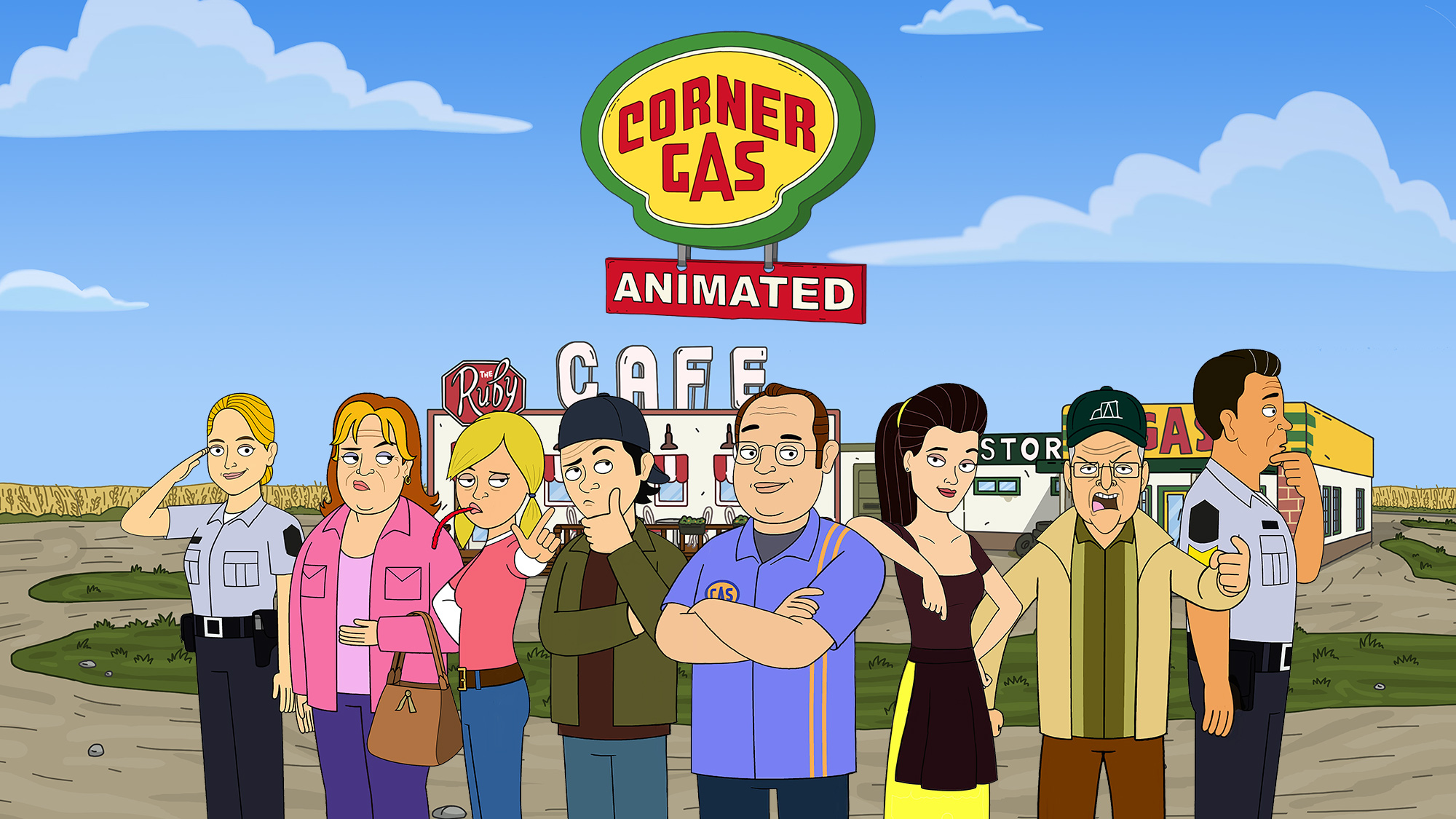
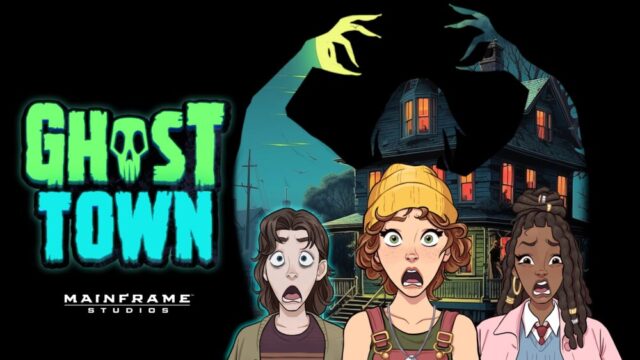
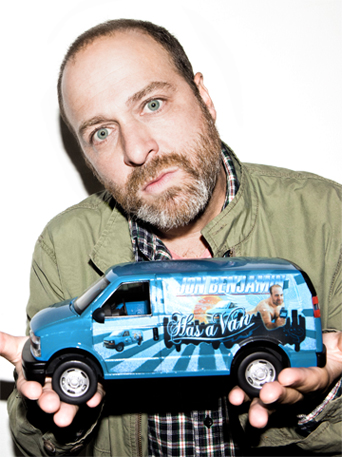
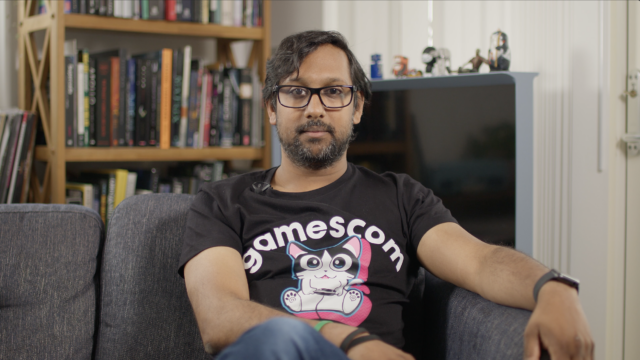
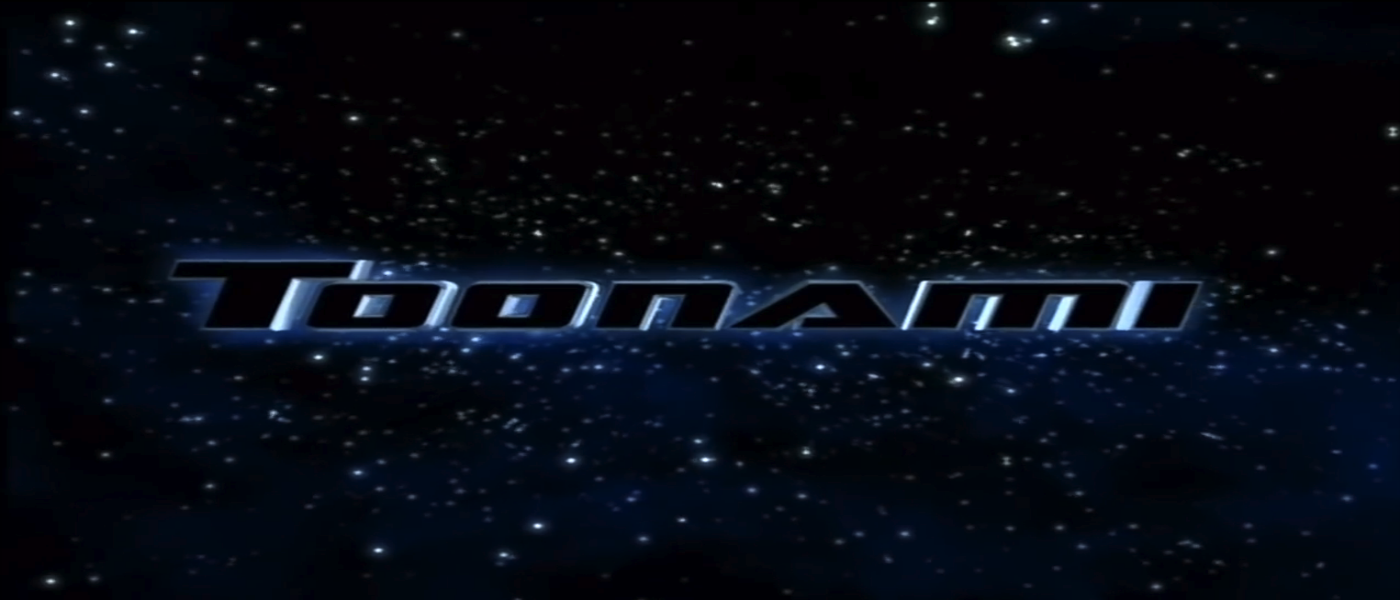

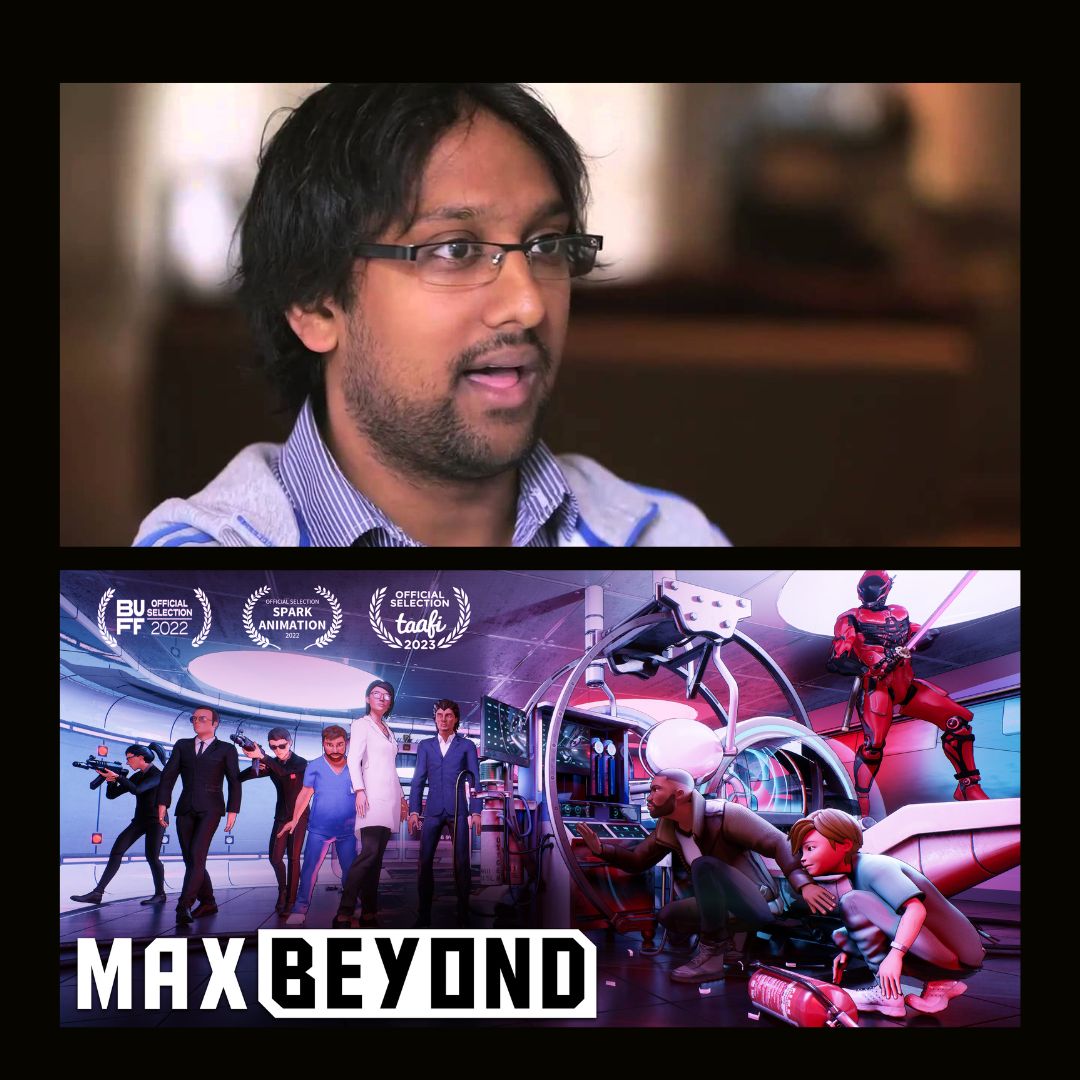


















Hi Ashley, thank you so much for reading and we love the feedback. Note that on that day we had 14th posts go up and only ten posts show on the front page, so it's possible the preview had already been archived by the time you got to it. One recommendation would be to add our RSS feed to your favorite news aggregator service like Feedly, this way you get all of the latest posts!